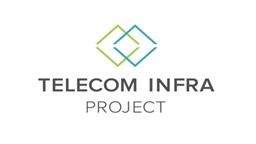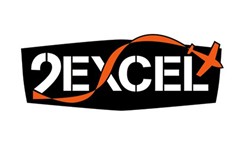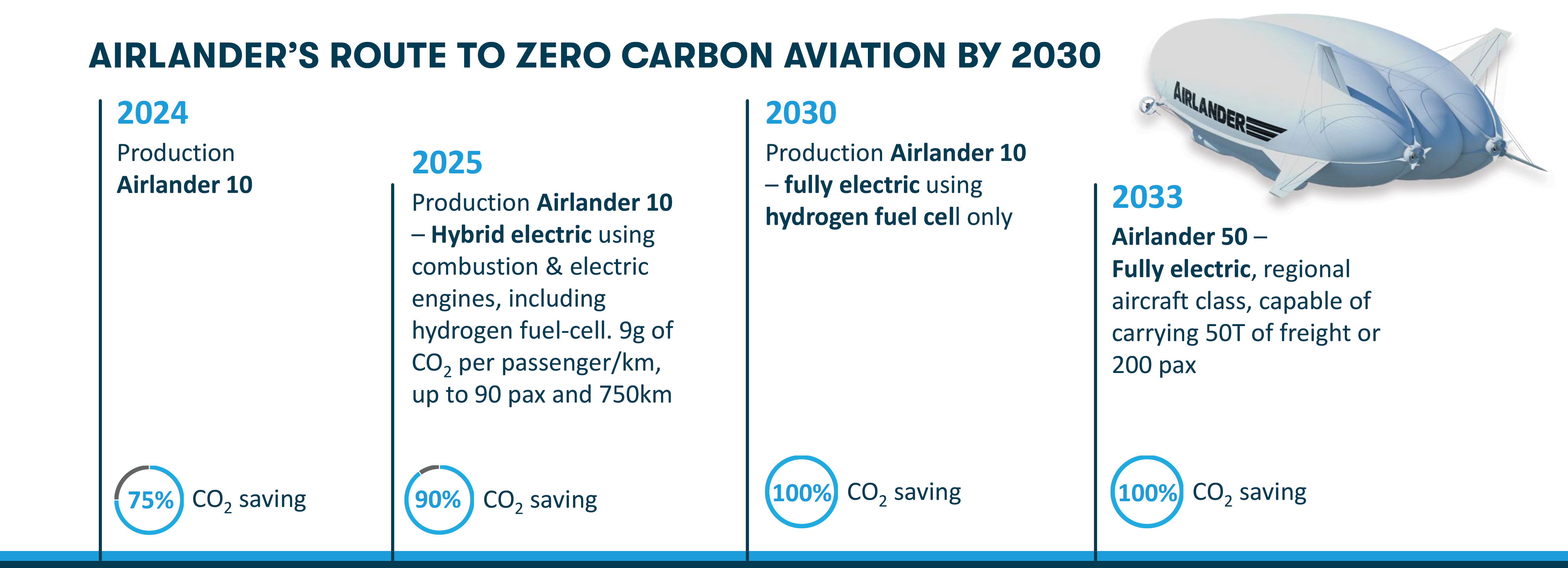In January we revealed images of the finalised production standard Airlander 10. The design was the result of refinements undertaken over the previous 18 months and incorporated everything we had learned during the development of the prototype aircraft, the establishment and update of our flight test programme, as well as extensive simulation and modelling by our engineers and flight scientists. The updated aircraft has a fuel-saving, lower-drag shape; enhanced landing gear; wider, longer cabin for passengers, cargo, and equipment; and many other refinements. More detail was explained here.
Funding success
Crowdfund
Over the summer we launched a crowdfund to allow anyone to become a part of the Airlander journey by investing. We welcomed nearly 1,600 new investors to Hybrid Air Vehicles and raised approximately £1.9 million.
Innovate UK grant
In August we received an Innovate UK Covid-19 Continuity Grant to ensure that Project E-HAV1 was supported throughout the Covid-19 pandemic. These grants are designed to support live Innovate UK programmes that are making the best progress in innovation and show the best potential for the future. The grant continues to support our work with Collins Aerospace and the University of Nottingham in creating electric engines for Airlander.
Important partnerships announced
Telecom Infra Project

In August we announced that we had joined the Telecom Infra Project (TIP). TIP is a global collaborative telecom community driving infrastructure solutions to advance global connectivity. Airlander’s large payload and long endurance capabilities lends itself to providing a resilient pseudo-satellite capability. We look forward to working with TIP over the coming years helping to connect the unconnected.
2Excel

2Excel and HAV teamed up to offer joint proposals for operating Airlander aircraft. In September we announced the partnership bringing the experience of two innovative British businesses together to deliver low-carbon aviation.
Mercedes-AMG Petronas F1 Team
Our work to enhance Airlander 10’s aerodynamics and increase efficiency centred on our work with the Mercedes-AMG Petronas F1 Team Applied Science Division, in their wind tunnel. This year we revealed our collaboration and how this work fed into the Airlander 10 production design.
A focus on Airlander’s environmental credentials
According to recent research, in the first six months of 2020 8.8% less carbon dioxide was emitted than in the same period in 2019, due to travel bans and economic slowdown, as a result of the pandemic. The positive impact on the environment has been a talking point, but to ensure carbon emissions do not reach levels before the pandemic, much more must be done.
We announced the hybrid-electric Airlander
February saw the announcement that we will be ready to deliver a hybrid-electric Airlander from 2025. Tom Grundy, HAV's CEO said, "Today, it is no longer necessary to explain to people why decarbonising aviation is important. We believe that our ability to offer our customers ultra-low emissions aircraft from 2025, in both standard and hybrid-electric configurations, is a very strong statement of commitment to delivering on both our vision to be the future of aviation and our goal to deliver efficient aircraft that meet the needs of all our customers."





